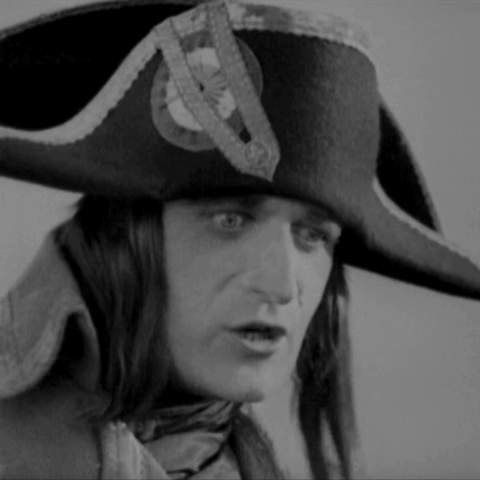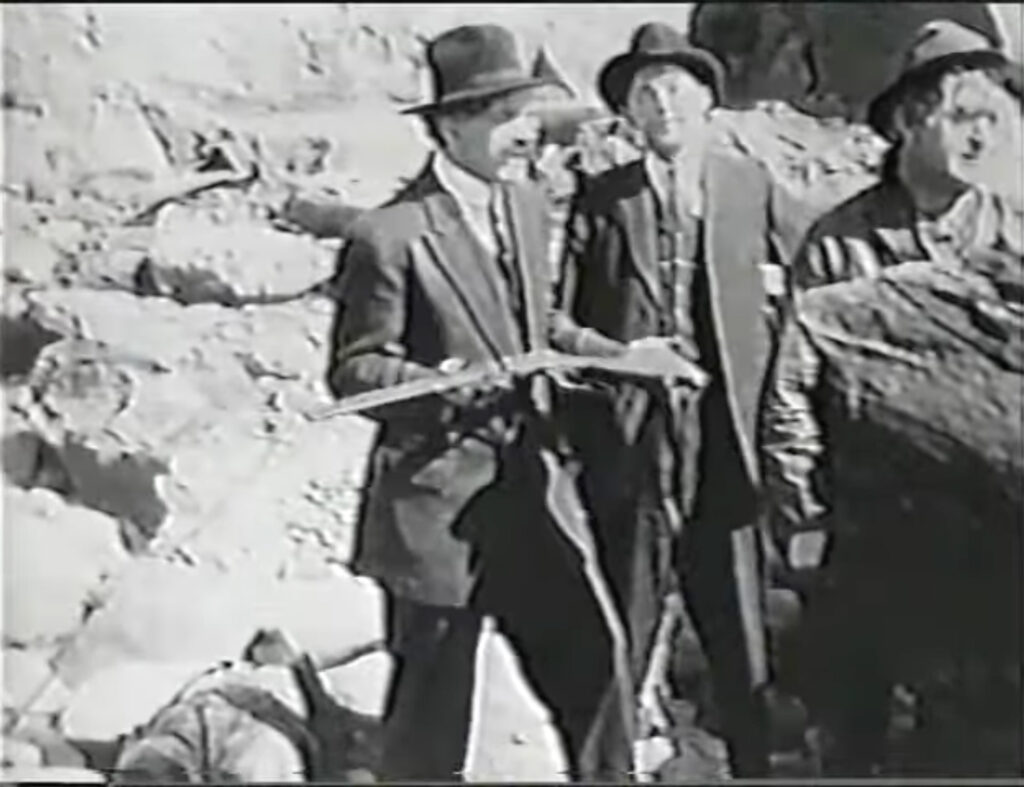I wrote this to avoid writing about Disney’s big hit of 1946

Here’s another post lifted from my cinema history newsletter GROSS. I’m reviewing the top-grossing Hollywood movie from each year since 1913 and, when I got to 1946, I groaned. It’s Walt Disney’s Song of the South, the biggest movie of the year and a nasty piece of work. I was tempted to skip it or write about something else. I didn’t skip it – I wouldn’t do that to you, reader. But this awkward, maddening film and the fact that, here in the mid-forties, we really do seem to have come to the end of some kind of blessed period in Hollywood, got me thinking about Hollywood periodisation. About how we divide up the chronology of the movies. Read my review of Song of the South.
When I started all this I’ll admit I had a shaky sense of the periods, the eras you read about in the film books and reviews. In fact I’d go so far as to say I was suspicious of the whole idea – I mean all these invented periods – generations, long and short centuries, geological eras, obsessively delineated eras of pop – they all seem pretty arbitrary, right?
It’s all a blur
I knew there were all these silent movies (comedies, dramas, adventures, vast racist screeds). And then there were the romances, the screwballs, the Westerns and the gangster movies, swashbucklers, the woman’s pictures, the films noirs and the monster flicks and so on up to the films of the present day.
And of course I knew all of these tens of thousands of movies were arranged on the timeline somehow but the order was hazy to me. Obviously black-and-white was furthest away and then there were those crazy, headache-inducing Cinemascope blow-outs and then the gritty, urban colours of the auteurs and so on. Along the way there were the other traditions – Kurosawa, Varda, Rosselini, Ray – the Russians, the South Koreans, the Iranians, the British, the South Americans, all the rest.
But now, after feeding thirty-odd annual blockbusters into the GROSS time-machine I’ve got, if nothing else, a much improved idea of the sequence. So, let’s break it down:

- Prehistory (before 1913). Before there was an economic model or even a practical method of distribution. Many beautiful, strange and funny films. The moon, the train, the Victorian variety shows, the street-scenes, the gags.
- Poetic (1913-1929). This is where I came in, the first year covered in my GROSS newsletter: it’s 1913 and the industry has just begun recording the rental income of the movies released. The first really big, national hits. The first stars known by their names. Studios are going up fast along the un-paved roads and on the empty lots of Hollywood. Capital is engaged, accumulating talent, converting theatres, funding increasingly ambitious projects. Directors in this period are artists, chancers, entrepreneurs – and often self-conscious modernists. They’re a heterodox lot: painters, writers, engineers, accountants, aristocrats – weirdos of every kind. And the writers, designers, editors and crew around them are cut from the same cloth. It’s a period of constant experiment – creatively and commercially. As a result this period is the source of some of the most beautiful and complete works of art of the modern era. By the end of the silent era cinema is a highly-evolved medium and a huge business.
- Golden (1930-1941). Sound changes everything. There’s no going back – to the painterly, the lyric, the surreal. It all happens in a rush. Within a couple of years everything tightens up. Capital is now fully in control, studios and their oligarchs dominate. The poets are (mostly) left behind in their reverie. There’s also the Hays Code (enforced universally from 1934). So now we’ve got ‘pre-code’ as a category to get retrospectively excited about and the forensic work of locating the effects of the code in everything that came after it can begin. But what we also have is a golden age. A sequence of perfect movies in this new, crisp, naturalistic style – romances, razor-sharp comedies, musicals on a huge scale, hard-edged crime and stories about businessmen and tough working women. Melodrama has hardened into realistic depictions of families in crisis, grief and sacrifice – the great depression is an unavoidable backdrop, acknowledged or unacknowledged.
- Oh dear (1941-). What’s happened? The war’s happened, I guess. And soon after that it’s television. Boom. Hollywood’s disciplined, hyper-effective golden decade has come to a grinding halt. It’s hard to avoid the conclusion that the absolutely optimal creative conditions of the long 1930s no longer apply. The licence given to the early creators, the urgency and sheer rotational speed of the production routine, the rush of talent into the business. The giant magnet hidden in the cloakroom at the Brown Derby that pulled in literally thousands of geniuses and near-geniuses and genius-enablers – Gable, Stanwyck, Curtiz, Wells, Hepburn, Hawks, Perelman, Davis, Vidor, Von Stroheim, Crawford, Capra, Korngold (ridiculous to try to list them) – seems to have stopped working, even gone into reverse. Hollywood talent is still present, of course, and we’ll see so many wonderful movies in the coming decades, but we’ll also see ‘Mom and Dad’ and ‘Song of the South’.
I should pick up the periodisation when I get a bit further into the sequence – I mean there are many more phases of the project to come – including the long 1970s, which began with Bonnie and Clyde in 1967 and ended, roughly, with Scarface in 1983. To be honest, I’m a bit worried that I might have to vary the approach a bit here, especially as we enter the 1950s, a period Quentin Tarantino wants us to believe is the absolute low-point of Hollywood cinema.
- Read my review of Song of the South.
- Obviously I asked ChatGPT what brought an end to the Hollywood golden age and I got this predictably bland statement. It does mention anti-trust, though, which is something that hadn’t occured to me: “The end of the Hollywood Golden Age was influenced by various factors, including economic changes, the rise of television, shifts in audience tastes, and the decline of the studio system due to antitrust rulings.”
- The GROSS archive now runs to forty-odd newsletters, including a few diversions from the chronology you might like – Dune and Ripley, for instance. All the reviews are also on my Letterboxd.








